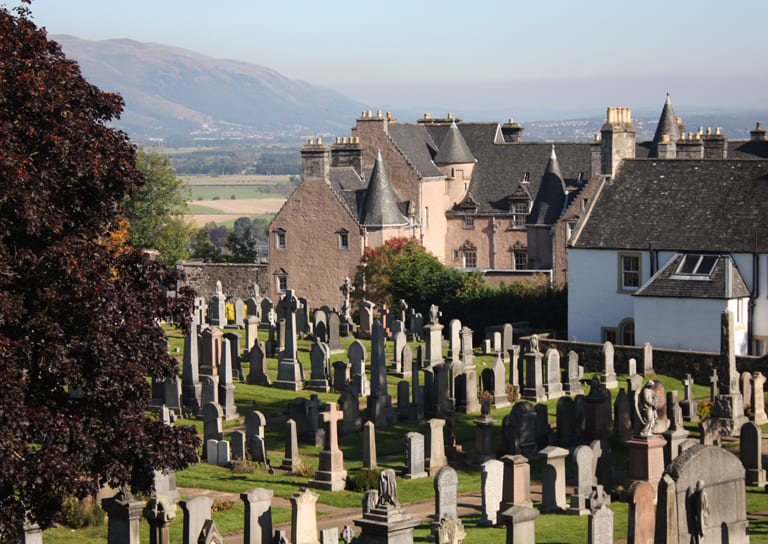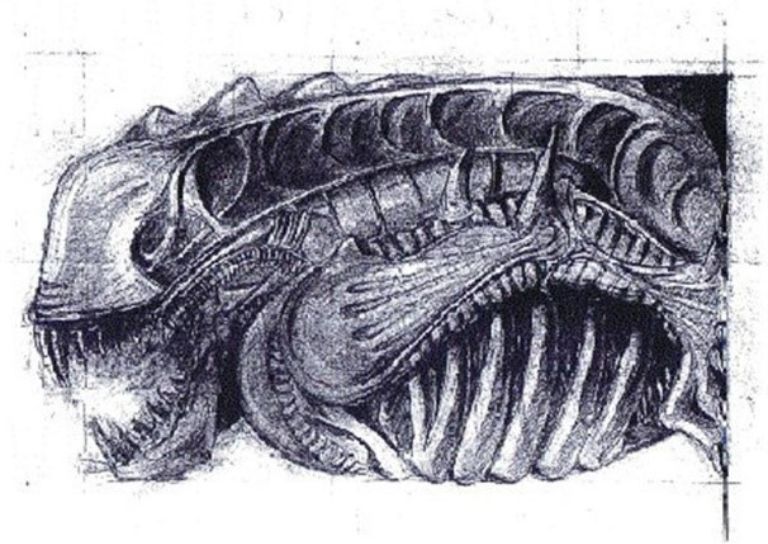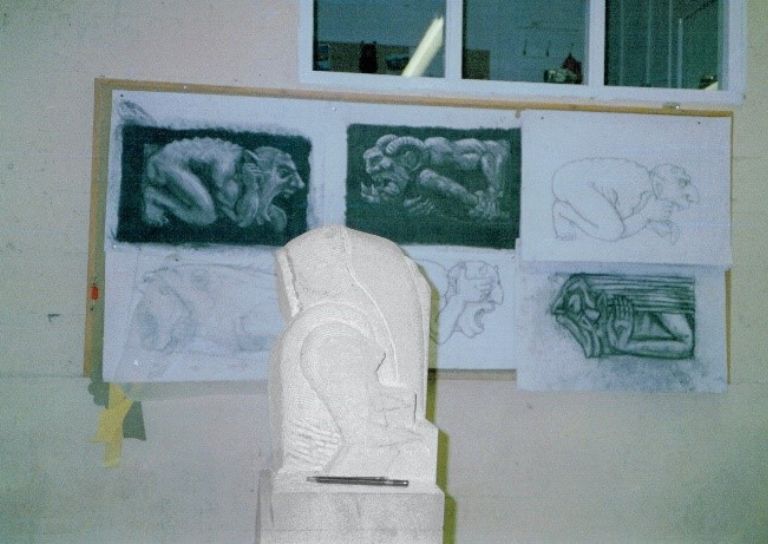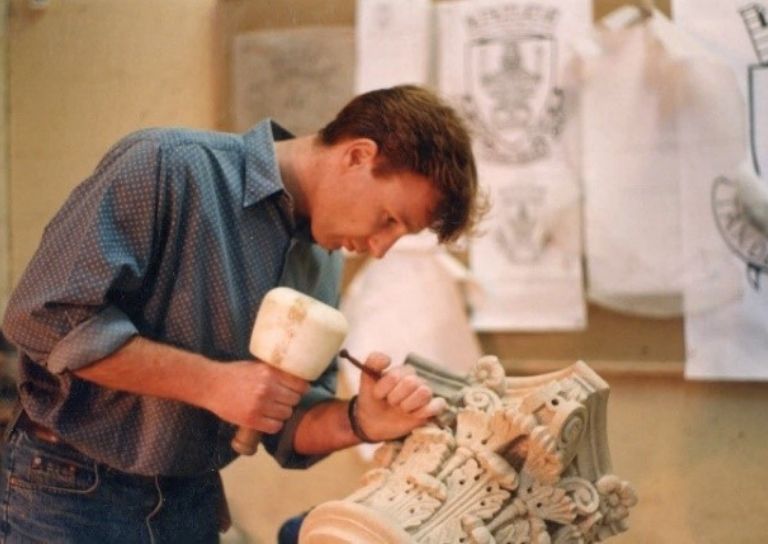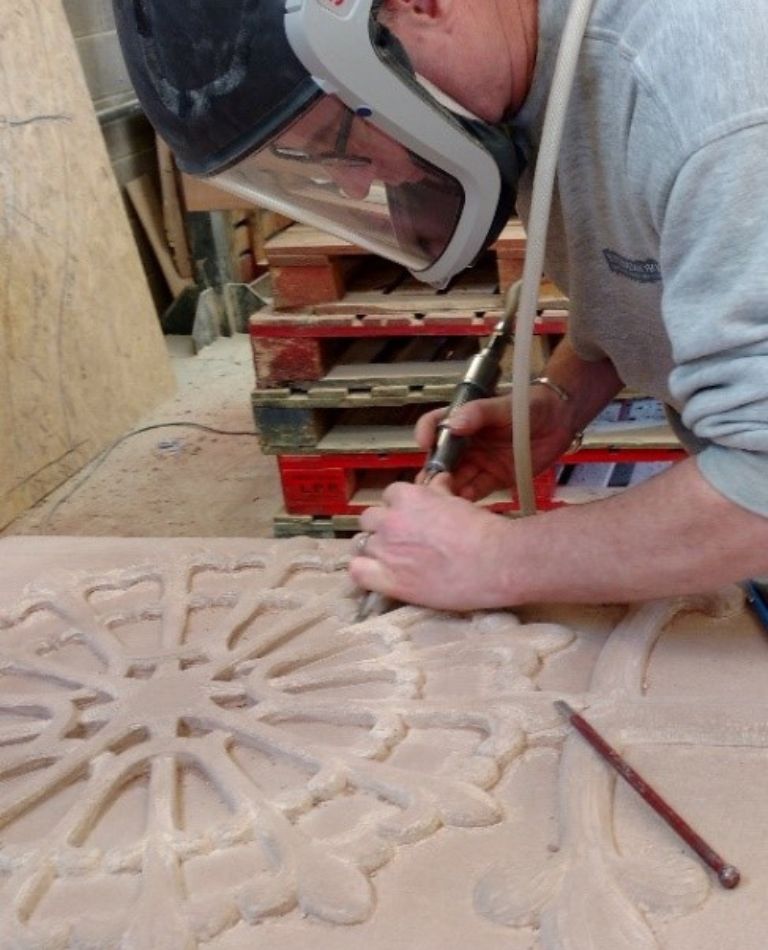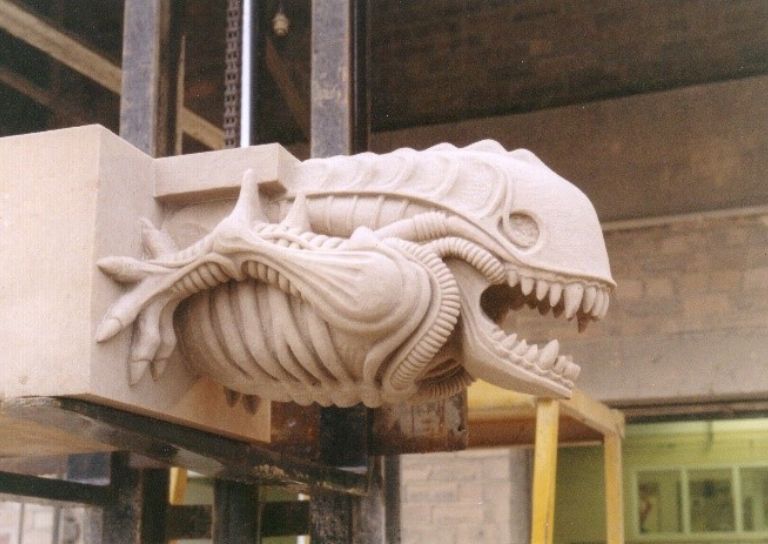- Home
- Our Work

- Stirling's Story

- Blog
- Beechwood House and the Transatlantic Slave Trade

- New Retrofit Service now available for Traditional Buildings Health Check Members

- Retrofitting Traditional Buildings: Chimneys

- SCHT 20: Championing Women in Construction
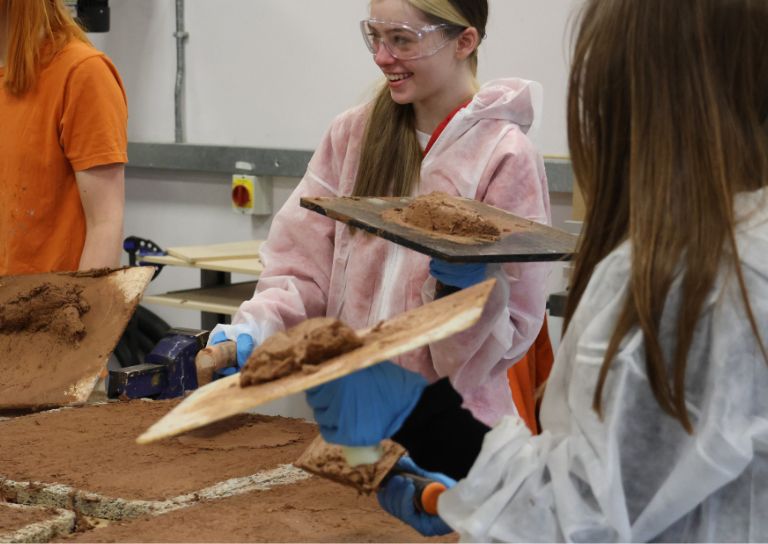
- Stirling's Lost Swimming Pools
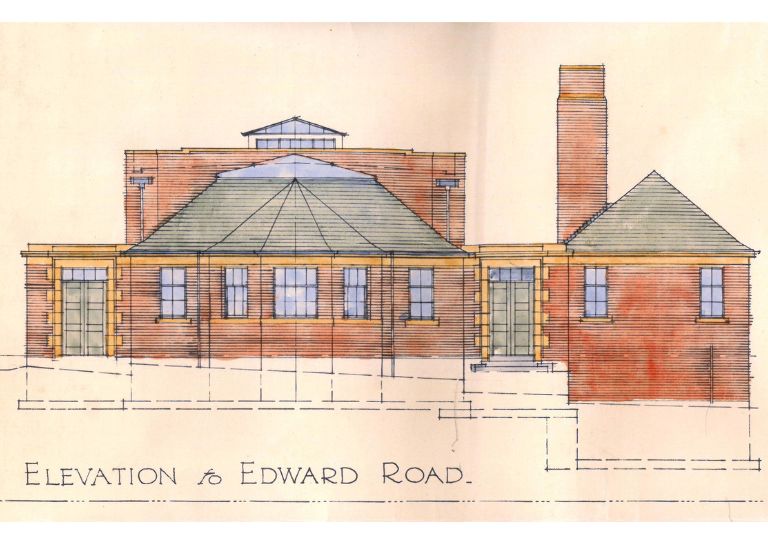
- Women in Construction at Bannockburn House
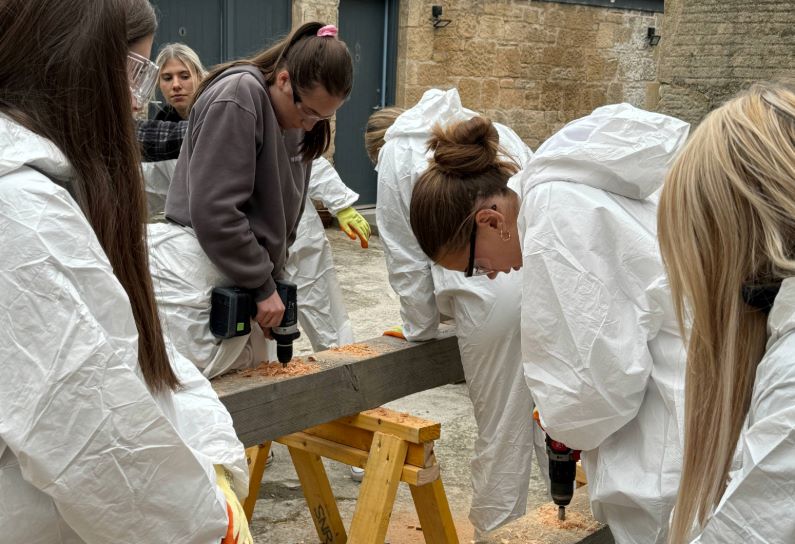
- Avenues to the Past: Stirling’s Historic Streets Exhibition

- Retrofitting Traditional Buildings

- Retrofitting Traditional Buildings: Windows

- Statement on Langgarth House

- Guest Blog: Dementia Friendly Heritage Interpretation

- SCHT Grant Conditions: Owners Associations
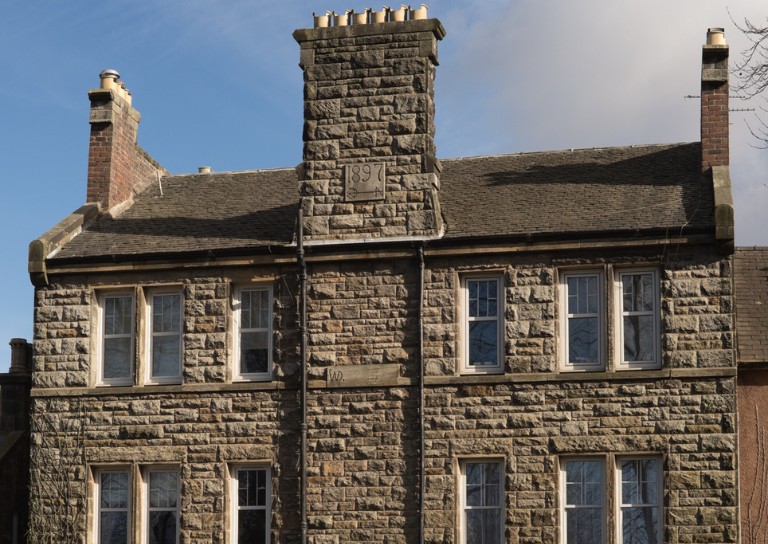
- Stirling Business Awards 2025

- What is a Conservation Area
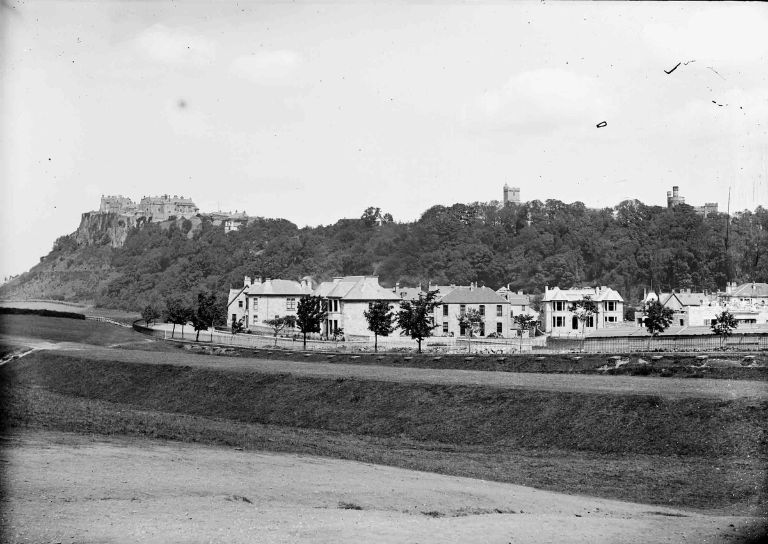
- 20 Great Buildings of Stirling

- Building Resilience: Maintaining Traditional Buildings

- Architects and The Thistle Property Trust

- World Heritage Day: Exploring Hayford Mill

- Community Consultation launched for Stirling’s Heritage Strategy

- SVE Inspire Awards September 2024
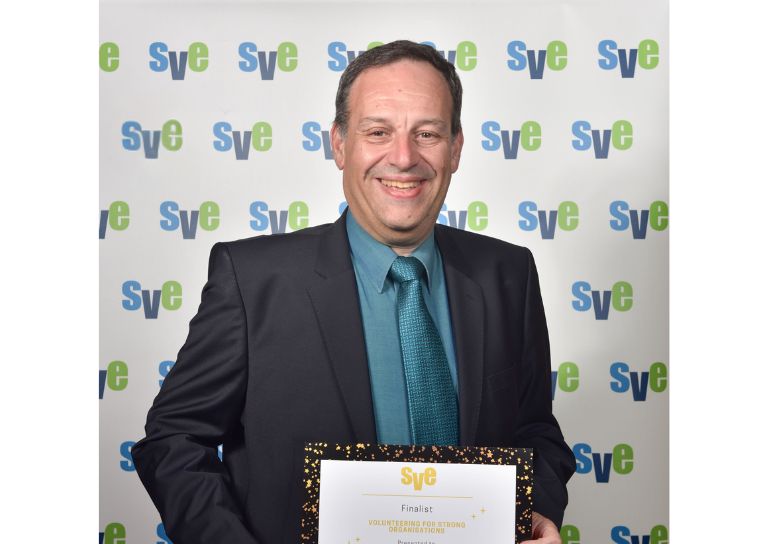
- Reminiscence Art Project
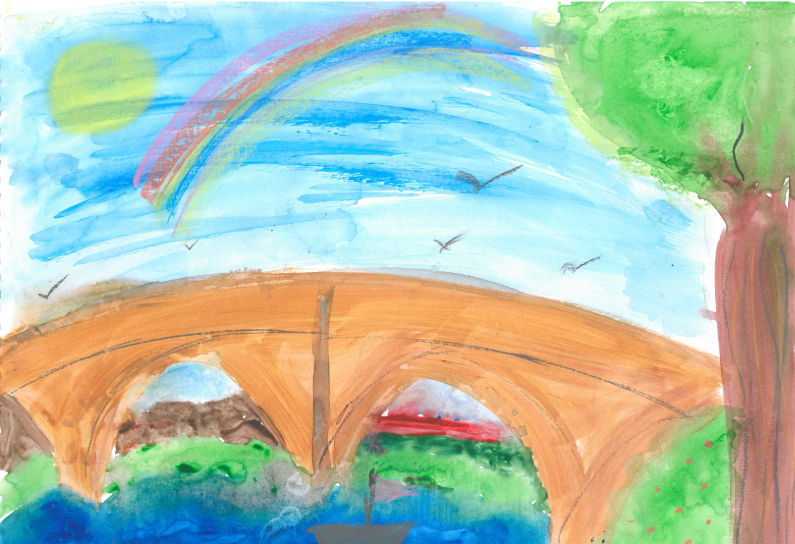
- On the European Stage: Preserving by Maintaining conference, Bratislava
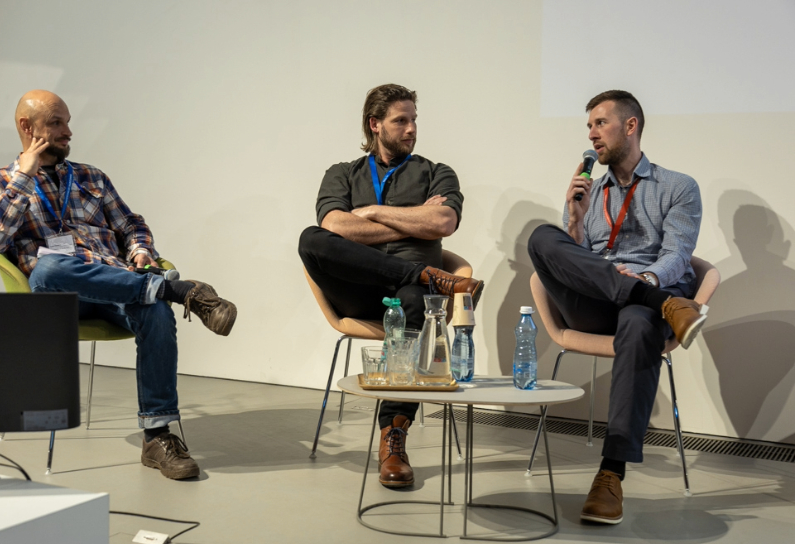
- The Abolition Movement in Stirling

- Shopping Arcades

- Retrofitting Traditional Buildings: Insulation

- Retrofitting Traditional Buildings: Climatic Adaptation
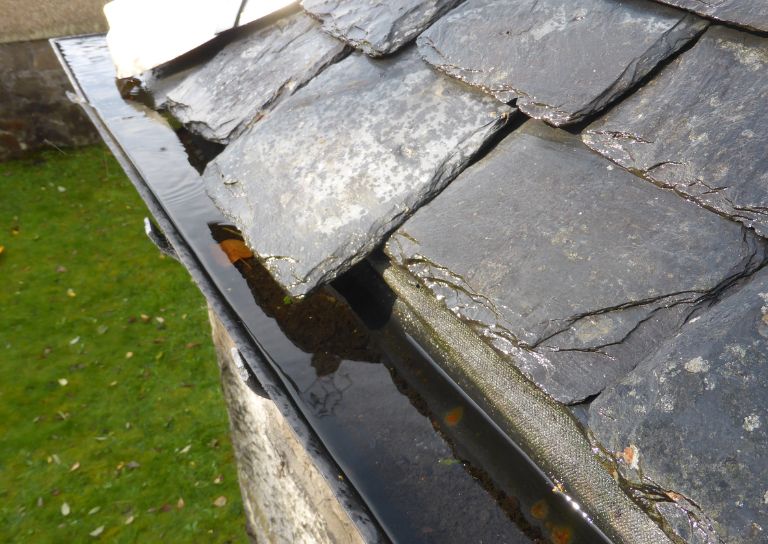
- Kings, Wolves and Drones: 20 years of care and repair at Stirling City Heritage Trust

- Practical Workshop on Retrofitting Insulation with A. Proctor Group
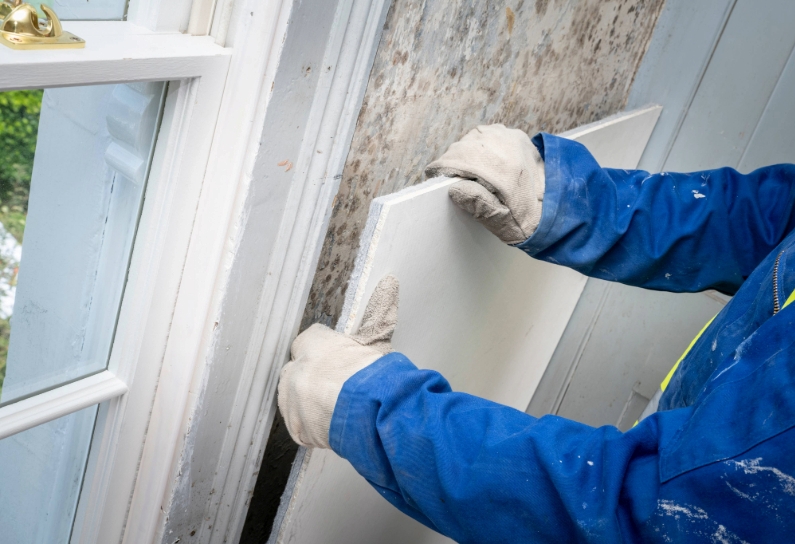
- Marking the 80th anniversary of VE Day
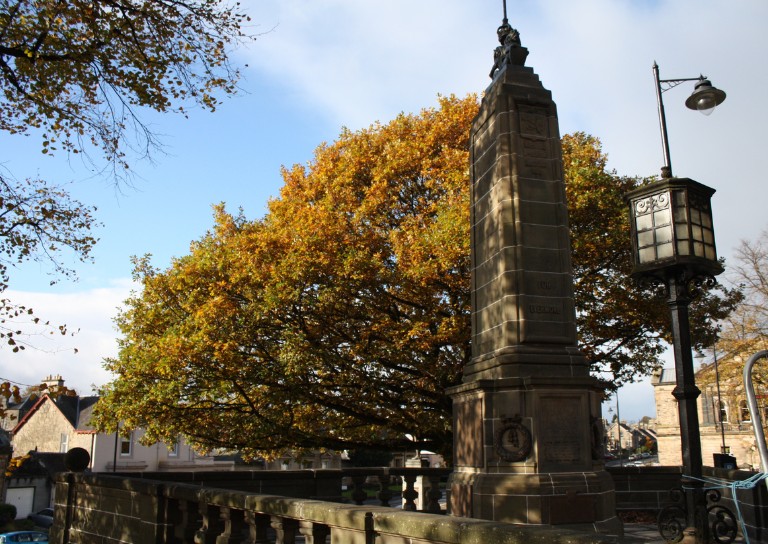
- Walker Family Visit

- Retrofitting Traditional Buildings: Fabric First

- Supporting traditional building repair in Stirling
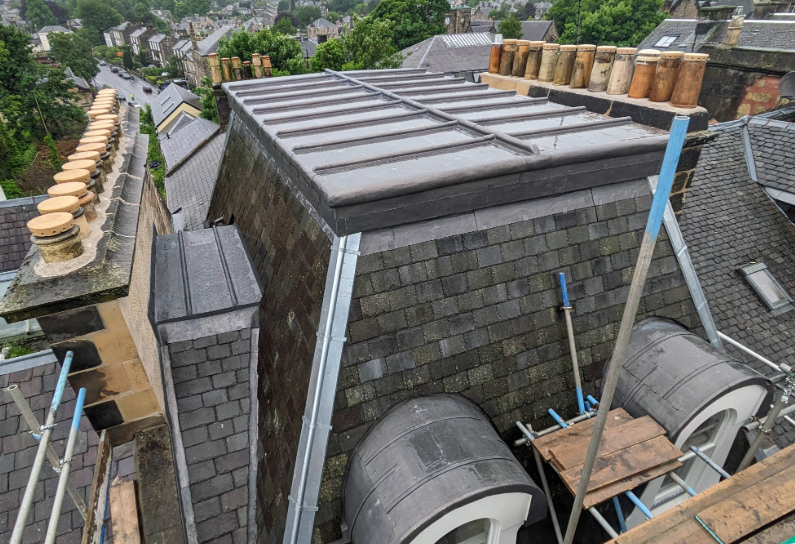
- Stirling's Historic Jails
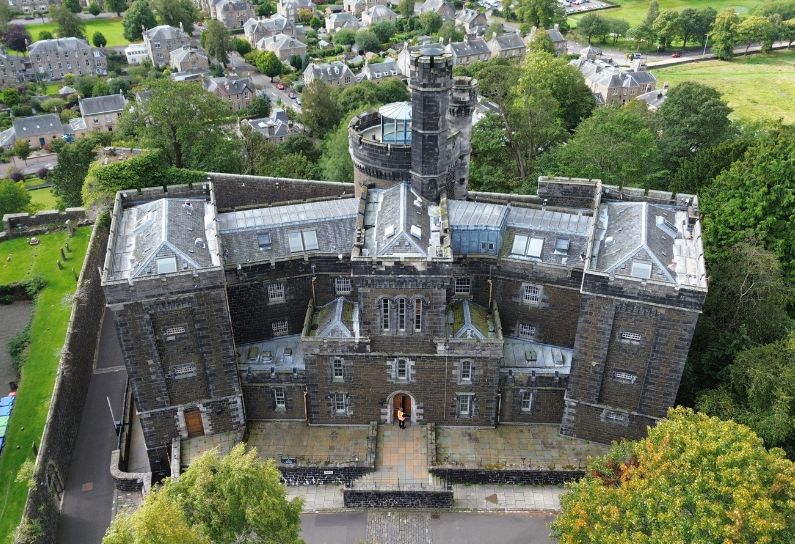
- Ghost Tales from Stirling

- Stirling Reminiscence Box

- Stirling City Heritage Trust at 20

- Retrofit Event: Meet the Suppliers

- Snowdon House and The West Indies

- Miss Curror and the Thistle Property Trust

- Dr Lindsay Lennie retires from Stirling City Heritage Trust
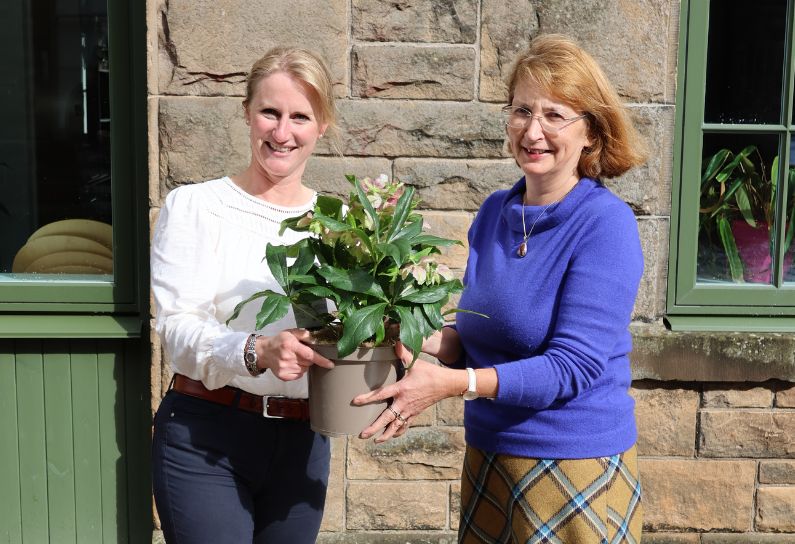
- Stirling’s Streetscape Stories: Photography Workshop

- Level 3 Award in Energy Efficiency for Older and Traditional Buildings Retrofit Course (2 Day)

- Stirlingshire’s Highland Games

- Creative careers in the heritage sector

- Postcards From Stirling

- Stirling’s Gala Days

- Building Surveying Student Intern at Stirling City Heritage Trust

- Heritage Trail: Stirling Walks

- Local History Resources

- Stirling Through the Decades

- Stirling’s STEM Pioneers

- Traditional Skills: Signwriting

- Christian MacLagan, a pioneering lady, but born too soon?

- Traditional Shopfronts in Stirling

- Stirling History Books for World Book Day

- My Favourite John Allan Building by Joe Hall

- My Favourite John Allan Building by Lindsay Lennie

- My Favourite John Allan Building by Andy McEwan

- My Favourite John Allan Building by Pam McNicol

- Celebrating John Allan: A Man of Original Ideas

- The Tale of the Stirling Wolf

- Stirling: city of culture

- Christmases Past in Stirling

- Stirling’s Historic Graveyards

- Top 10 Tips for Architectural Photography

- An Interview with David Galletly

- Springtime in Stirling

- The Kings Knot – a history

- A Future in Traditional Skills

- Robert Burns’ First Trip to Stirling

- Stirling’s Witches

- Stirling’s Ancient Wells

- An architecture student’s take on the City Of Stirling

- Ronald Walker: Stirling’s Architect

- Stirling’s Statues

- Stirling’s Wee Bungalow Shops

- Stirling’s Historic Hospitals

- Women in Digital Innovation and Construction

- Heritage at home: 8 of the best online heritage resources

- Stirling featured at virtual heritage conference

- Five of Stirling’s greatest John Allan buildings

- Women in Construction – Stirling event report

- Scotland’s trailblazing women architects

- Stirling’s Heritage: Spotlight on The Granary

- TBHC Scheme now open to properties in Dunblane and Blairlogie

- How drones help us inspect traditional buildings

- Hazardous Masonry & Masonry Falls

- Mason Bees: What’s the Buzz?

- Stirling Traditional Skills Demonstration Day Success!

- Floating Head Sculpture at Garden Glasgow Festival 1988

- The story behind Paisley Abbey’s Alien gargoyle

- Cambuskenneth Abbey

- Stirling City Heritage Trust Publications

- Sharing Memories: Taking '20 Great Buildings of Stirling' into the community

- William Wallace Statues In Stirling

- Coronations and Royal Christenings in Stirling

- The development of King's Park

- Energy efficiency project awarded grant from Shared Prosperity Fund

- Inspiring the Future: Stirling City Heritage Trust's Women in Construction Event at Wallace High

- Doors Open Days Talk: Who Built Stirling?

- 10 Years of the Traditional Buildings Health Check

- Growing up in Stirling: A Night of Reminiscence at The Smith

- SCHT visit to Brucefield Estate, Forestmill, Clackmannanshire

- Statement on Christie Clock

- Stirling’s Lost Skating Heritage

- Laurelhill House and the West Indies

- Beechwood House and the Transatlantic Slave Trade
- About Us

- Support Us

- Contact

The story behind Paisley Abbey’s Alien gargoyle

Its structural perfection is matched only by its hostility – Ash, Alien, 1979
In 1979, filmmaker Ridley Scott invited audiences aboard the commercial towing vehicle Nostromo, informing them that ‘in space, no one can hear you scream’. The film was Alien, and it would introduce audiences to one of the most terrifying monsters in cinema history. I have watched Alien more times than any other film, and even though the shock of the infamous ‘chestburster’ scene has been diluted, I still get lost in the story of the everyman crew fighting for survival in the dark corridors of their ship, with danger lurking around every corner. The iconic creature stalking them (in later films referred to as a Xenomorph) was originally conceived and designed by the Swiss artist H. R. Giger. His invention would leave an indelible impression on me.
An Unusual Request
As I write this article a 60cm high junk art representation of the alien fabricated from scrap metal sits on my desk, and on the wall behind me is a framed pencil interpretation of the creature, that I sketched late one evening in 1993. My reference w fuzzy VHS copy of the film and a small plastic figurine I had picked up from a shop which sold collectables. The following morning, that sketch was slipped into a collection of others drawn by my colleagues and me, to be presented to a new client for their consideration. I had recently been awarded a commission to supply twelve new hand-carved gargoyles as part of the restoration of the roof and parapet of the 13th century Nave at Paisley Abbey. The main contract works being undertaken by Stirling Stone Group Ltd. Usually, the architectural carving work which left my workshop replicated an original detail, but this time the client’s brief asked for the creation of contemporary new designs. This was a bold decision considering that the building is Category A Listed, but was no doubt informed by the lack of any remaining designs to replicate, the original decayed carvings having been replaced in the 1950s with featureless blocks.as a
Gothic Gargoyles
Gothic gargoyles represent a mysterious and intriguing connection to our past. It is generally accepted that no two are alike. Their purpose is not entirely understood, and we cannot be sure of what they represent, why they are there or who carved them. Perhaps their frightening appearance was designed to remind us of what nightmares lay in wait if we misbehaved. However, it is also possible that they were intended to be viewed as guardians, protecting a building and its occupants from evil. What is certain is that they often served an architectural purpose, as waterspouts directing rainwater away from the walls and foundations of a building.
The gargoyles I had been tasked to supply would also be functional, designed to incorporate a channel that could carry water. In keeping with tradition, they would all be different, individually carved by a small team of artisans drawing their inspiration from 20th-century culture. Of the twenty or so proposals we sketched, only twelve would be selected for carving and I was positive that my homage to the hostile alien creature would be recognised and rejected. I could not have been more surprised when, at the client meeting, I was handed the pile of approved designs to find among them the one I had sketched only the evening before. With the designs selected and approved I could then arrange for delivery of the stone.
Traditional Skills and Materials
A fine-grained durable Scottish sandstone from the Clashach quarry near Elgin in Moray was chosen as the material for carving. It varies in colour from the clean pale buff we used for the Paisley Abbey gargoyles, to a more uneven pinkish-yellow used for cladding the building of the new National Museum of Scotland (reopened in 2011). The stones arrived from the quarry sawn into squared dimensioned blocks, each weighing approximately 500Kg. Two other carvers from my team would work on the project with me, and each of us would carve our own designs. We hoisted the blocks of stone onto mason’s bankers (workbenches) and using our sketches as a reference we set about marking out the first cuts. In the modern era, circular diamond-tipped blades fitted to handheld saws improve the rate of production, but eventually, the carver must rely on their skills with a traditional mallet and chisel. Tungsten carbide tips improve durability, helping modern chisels retain their edge far longer than fire sharp equivalents, but generally, the hand tools used have changed little for hundreds of years.
Stone is an unforgiving material and once a cut has been made the carver is committed. There is little room for error and if expensive mistakes are to be avoided, the work must be approached logically, all the time thinking of the next step. Just digging into the stone starting from the tip of the nose is likely to end in disaster!
The casual observer might think that I must have a lot of patience to carve stone, but those who know me will disagree with that assumption completely. Patience is certainly not one of my virtues! I served a traditional apprenticeship in the early 1980s and was encouraged by my mentor to approach the stone with confidence and not be afraid to make the cuts necessary to reveal the intended form. My skills were honed producing carved elements of the corner spires for the restoration of the Scottish National Portrait Gallery. I learned to work quickly, capturing the essence of the object without spending too much time on fine surface detail that would never be seen so high up. Looking closely at my work and you will possibly find small mistakes and imperfections, but I like to think the compromise instils character, energy, and life into my carving.
Each of the Paisley Abbey gargoyles took approximately four weeks to complete with the carvers working typical eight hour days. Once complete, they were carefully placed on timber pallets and made ready for transportation to site. Before arranging the delivery, we took the opportunity to contact the Scotsman newspaper in Edinburgh and I was delighted when they carried a feature about our carvings on their front page. The article provoked some interest, but once installed into the masonry fabric of the Abbey the new gargoyles were quickly forgotten, disappearing into the background of Paisley’s built landscape. Until 23 August 2013 that is.
Someone posted a photograph of my carving online, suggesting it looked a bit like the creature from Alien, and within a short time the story was viral on the world wide web; it appeared at the top of search engine results pages, it featured on Yahoo News, BBC News broadcast an interview with the minister of the Abbey to discuss it, various tabloids ran articles speculating on its origins, and much to their amusement, my family started getting calls from the press asking for comment. Unsurprisingly the flurry of interest in my carving did not last long and after a couple of days, the news reporters went after other stories. I went to work on the following Monday like any other day, and the gargoyles of Paisley Abbey returned to their day job of protecting the building from rainwater and evil spirits.
But the story does not quite end there. I am told that many people visiting the town of Paisley make a point of going to the abbey to find the alien carving, and it is particularly satisfying to think that my small contribution to our built heritage might have increased visitor numbers to the historic landmark. I am also proud to confirm that my interpretation of the alien, having become part of Paisley’s culture and recent history, will be featured in the Paisley Museum Re-Imagined project, due to open in 2022. That is not something I anticipated all those years ago when I sat down at the kitchen table with a pencil and sheet of paper.
Written by David Lindsay









